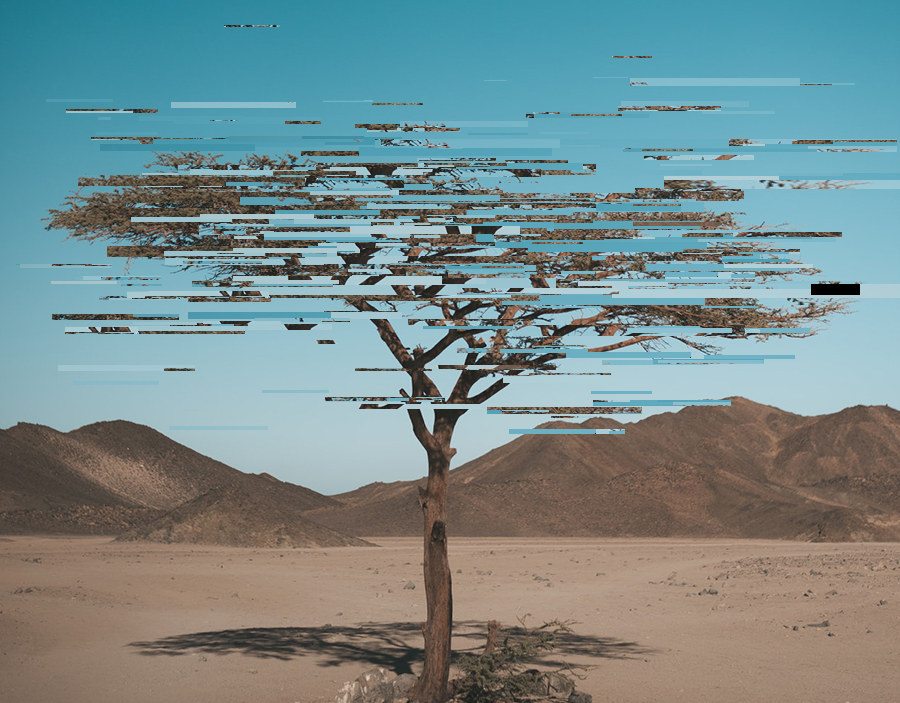This project conceptualizes a vehicle design strategy for a resource-devoid environment on planet Mars. While a Martian colony seems like a far-fetched dream, imagining such an ecosystem can be useful to rethink the way we build our society, especially the way we make things. The looming climate crisis and its potential outcomes are forcing us to see present manufacturing for what it is - an inefficient way to produce standardized goods. The project explores a scenario where the mobility needs of a Martian colony are fulfilled by a self-sustaining, nature-inspired, bio-material-based manufacturing model.
Since the industrial revolution, manufacturing has been a process of putting together discrete components to form a unified assembly. However, time has revealed significant shortcomings in this way of producing goods. Not only does this process cause significant stress on the environment, but it also results in massive wastage. Ecosystems that are involved in manufacturing bear disproportionately high stress relative to the usage ecosystems.
It is imperative that a fresh outlook on manufacturing is essential. Looking at nature and its way of making things, we find a stark contrast. There are no discrete components in nature, only discrete arrangements. Form is not the starting point, it is the result of arranging matter based on environmental properties. In effect, the matter is arranged, not assembled. Seeing the examples of bones or wood structures, material density varies depending on the stress incurred. Nature’s design process can be re-interpreted as an algorithm, in order to mimic it. There are three main input parameters: Environmental Data, Material Data, and Performance data from being in use. The simple flowchart depicts this algorithm.
The crux of this project is to test this algorithm for its efficacy by substituting extremes into each variable. In this case, planet Mars is the environment, and Mycelium(a vegetative part of the fungus that forms a network of filaments). Mars is the closest and potentially inhabitable planet for Humans. Due to its size and proximity, it has similar seasons to Earth. However, inhabiting Mars is still a herculean challenge due to the lack of resources and distance from Earth. The colonies on Mars will have to be self-sustaining.
Mycelium is the vegetative part of a fungus or fungus-like bacterial colony, consisting of a mass of branching, thread-like hyphae. While mycelium itself has no structural properties, combining it with a substrate of organic material can form a rigid structure. Many scientists and researchers are working on bringing Mycelium based materials to the mainstream as alternatives to synthetic counterparts.
Fungi being unicellular, their growth is mitotic and can be simulated easily with computational tools. A simple recursive particle system can simulate the growth of fungus. The project uses this system to generate forms while using force parameters to mimic environmental data. Generated forms were used as the basis for the design of an off-road vehicle suitable for the Martian geography.
For the design of a vehicle, a hybrid approach is taken. The main space frame is designed generatively and manufactured using a process analogous to natural processes. The structural space frame becomes the driver of form and the auxiliary components are driven by the form of the structure. The space frame is 3D printed using a Mycelium substrate without the need for any other post-processing. The substrate can be collected from agricultural and biological waste. At the end of use, the Mycelium components can be disintegrated and used as manure for agriculture.











